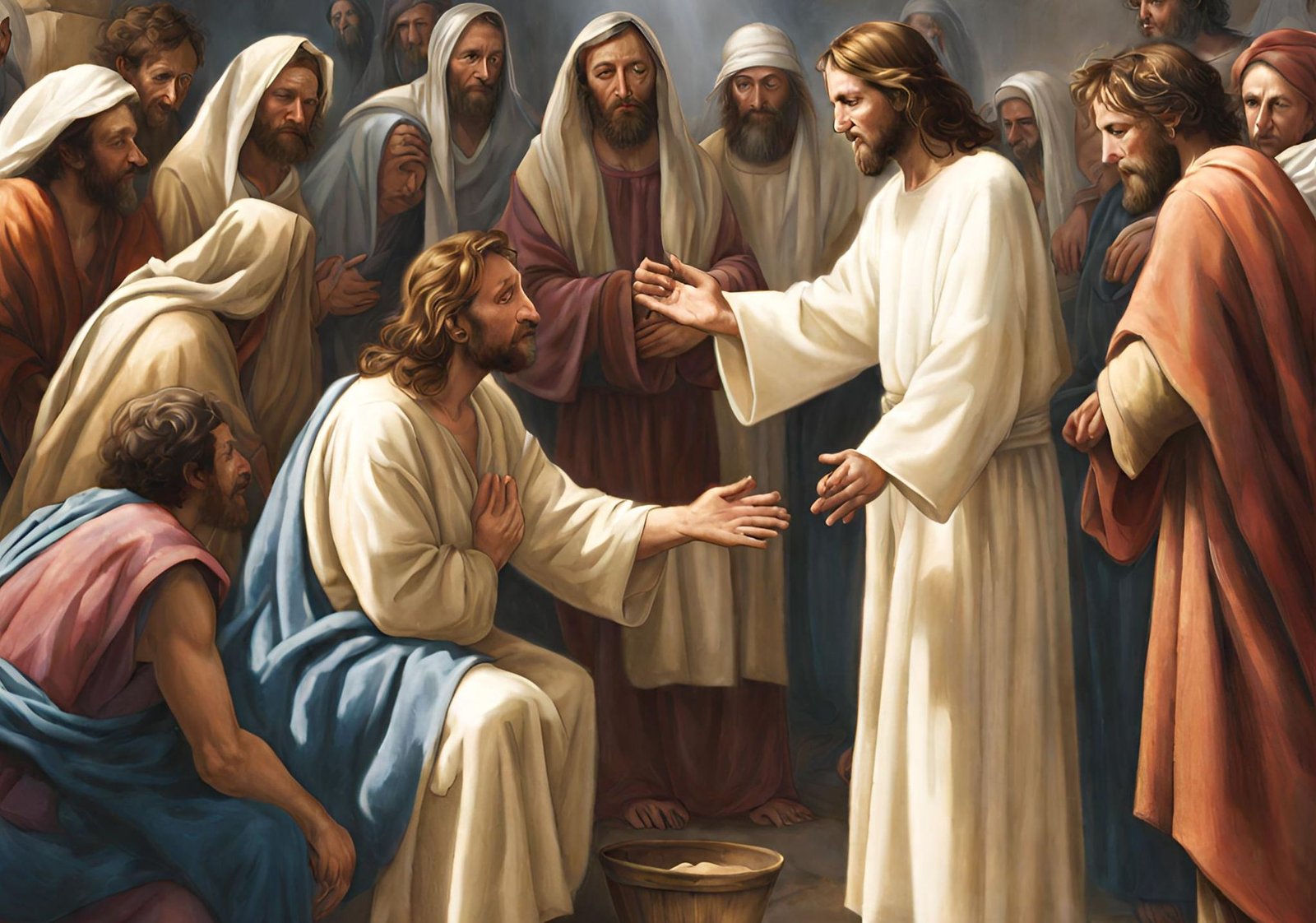Miracles or Metaphors: A Modern Interpretation of Jesus’ Miraculous Acts
Introduction:

The life and teachings of Jesus Christ have been a source of inspiration, contemplation, and debate for centuries. Among the most intriguing aspects are the miraculous acts attributed to him. For believers, these events are seen as divine interventions, while skeptics often interpret them as metaphorical tales. In this article, we embark on a journey to explore a modern interpretation of Jesus’ miraculous acts, seeking to bridge the gap between faith and reason.
The Water into Wine: Symbolism of Transformation

One of the earliest recorded miracles in the New Testament is Jesus turning water into wine at the wedding in Cana. Beyond the literal interpretation of this act, some modern scholars propose a symbolic understanding. The transformation of water into wine can be seen as a metaphor for personal and spiritual transformation. Just as water nourishes grapes to produce wine, the human spirit can undergo a profound change through faith and self-discovery.
Walking on Water: Overcoming Fear and Doubt

The narrative of Jesus walking on water challenges the boundaries of human capability. Instead of viewing this as a supernatural feat, a modern interpretation may highlight its symbolic significance. Walking on water can represent overcoming fear and doubt, demonstrating that with faith and courage, one can navigate the uncertainties of life. Jesus’ actions inspire believers to confront their fears and trust in a higher purpose.
Feeding the Multitudes: A Call to Social Justice

The miraculous feeding of the five thousand with five loaves and two fish is often seen as a testament to Jesus’ divine power. However, a contemporary perspective invites us to consider the social justice implications of this event. It can be interpreted as a call to address hunger and poverty, urging individuals to share resources generously and work towards a world where everyone has enough to eat.
Healing the Sick: The Power of Compassion

Many of Jesus’ miracles involve healing the sick, restoring sight to the blind, and curing various ailments. While the faithful see these acts as manifestations of divine power, a modern interpretation emphasizes the power of compassion and human connection. Jesus’ healing touch becomes a metaphor for the transformative impact of empathy and kindness in addressing the physical and emotional wounds of others.
The Resurrection: Symbol of Renewal and Hope

At the heart of Christian belief is the resurrection of Jesus after his crucifixion. While traditionally seen as a literal event, a modern interpretation might emphasize the resurrection as a powerful metaphor for renewal and hope. It symbolizes the possibility of overcoming despair, embracing change, and finding new life after facing challenges.
Conclusion:

Whether one approaches the miracles of Jesus with faith or skepticism, a modern interpretation invites us to delve deeper into the symbolic richness of these narratives. By exploring the metaphors embedded in these miraculous acts, we can find common ground between religious tradition and contemporary understanding. Ultimately, the lessons derived from these stories can inspire personal growth, compassion, social justice, and a renewed sense of hope in our modern world.




